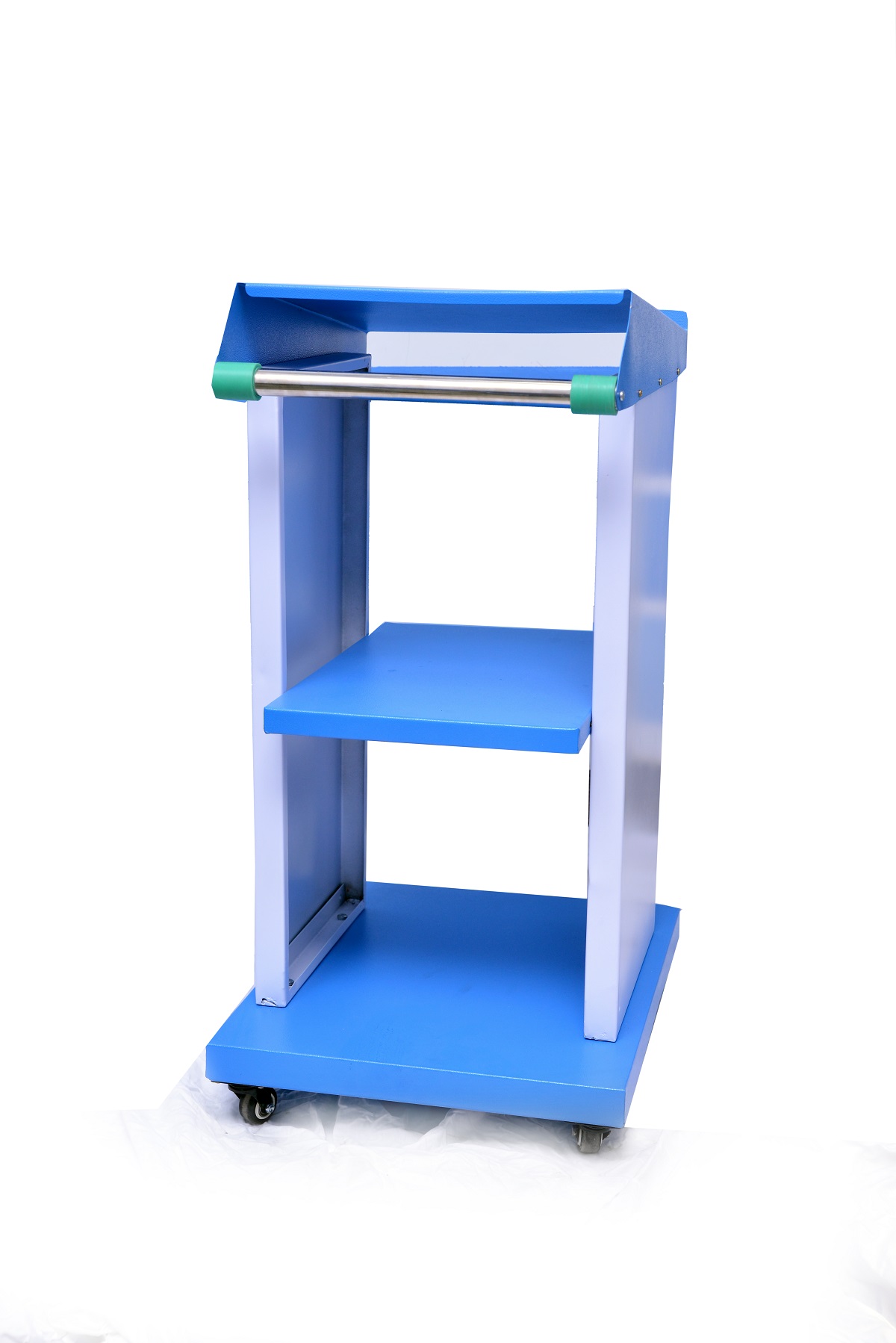Introduction
The field of medicine and surgery has seen tremendous advancements in recent years, one of which is the development of laparoscopic surgery. Laparoscopic surgery, also known as minimally invasive surgery, has revolutionized the way many surgical procedures are performed. A key component of successful laparoscopic surgeries is the laparoscopic trolley, a specialized piece of equipment that plays a crucial role in ensuring the safety and efficiency of these procedures.
The Basics of Laparoscopic Surgery
Before delving into the specifics of laparoscopic trolleys, it's important to understand the fundamentals of laparoscopic surgery. Unlike traditional open surgery, laparoscopic surgery involves making small incisions through which surgical instruments and a camera are inserted. The camera allows surgeons to visualize the internal organs on a monitor in real-time, while miniature surgical instruments are used to perform the necessary procedures.
The Role of Laparoscopic Trolleys
Laparoscopic trolleys are dedicated mobile units that support the equipment required for laparoscopic surgery. These trolleys are designed to house and organize the various components essential for laparoscopic procedures, making them readily accessible to the surgical team.
Key Features of Laparoscopic Trolleys
- Equipment Storage: Laparoscopic trolleys are equipped with dedicated compartments and shelves to store laparoscopic instruments, camera systems, insufflation units, and other necessary tools. This organization is crucial in ensuring that the surgical team can easily access what they need during the procedure.
- Mobility: These trolleys are designed with wheels, allowing them to be easily maneuvered within the operating room. This mobility is essential for positioning the equipment optimally during surgery.
- Adjustable Height: Many laparoscopic trolleys feature adjustable height settings, allowing surgeons and nurses to position the equipment at a comfortable and ergonomic height, reducing the risk of strain or fatigue during lengthy procedures.
- Cable Management: Laparoscopic surgeries require multiple cables and wires for power and data transmission. Trolleys are designed with cable management systems to keep these cables organized and prevent tangling, ensuring the integrity of the surgical equipment.
- Durability and Sterilization: Laparoscopic trolleys are typically made from materials that are easy to clean and sterilize, such as stainless steel or high-quality plastics. This is essential for maintaining a sterile surgical environment.
Advancements in Laparoscopic Trolley Design
In recent years, advancements in technology and materials have led to improvements in laparoscopic trolley design:
- Integration of Technology: Some modern laparoscopic trolleys are equipped with touch-screen monitors or computer interfaces, allowing surgeons to control camera angles and other equipment settings directly from the trolley.
- Improved Maneuverability: Trolley design has evolved to include features like swiveling wheels and compact dimensions, making them more maneuverable in tight operating rooms.
- Reduced Noise and Vibration: Noise and vibration can interfere with delicate laparoscopic procedures. Advanced trolley designs focus on minimizing these disturbances to enhance the surgical experience.
- Enhanced Sterilization: Trolleys are now designed with materials that are not only easy to sterilize but also resistant to corrosion, ensuring their longevity and safety.
Conclusion
Laparoscopic surgery has transformed the world of medicine, offering patients less invasive procedures, shorter recovery times, and reduced scarring. The laparoscopic trolley, often overlooked but crucial to the success of these surgeries, has evolved to meet the demands of modern surgical techniques. As technology continues to advance and surgical techniques become even more refined, we can expect further innovations in laparoscopic trolley design, ultimately benefiting both patients and surgical teams.





Comments